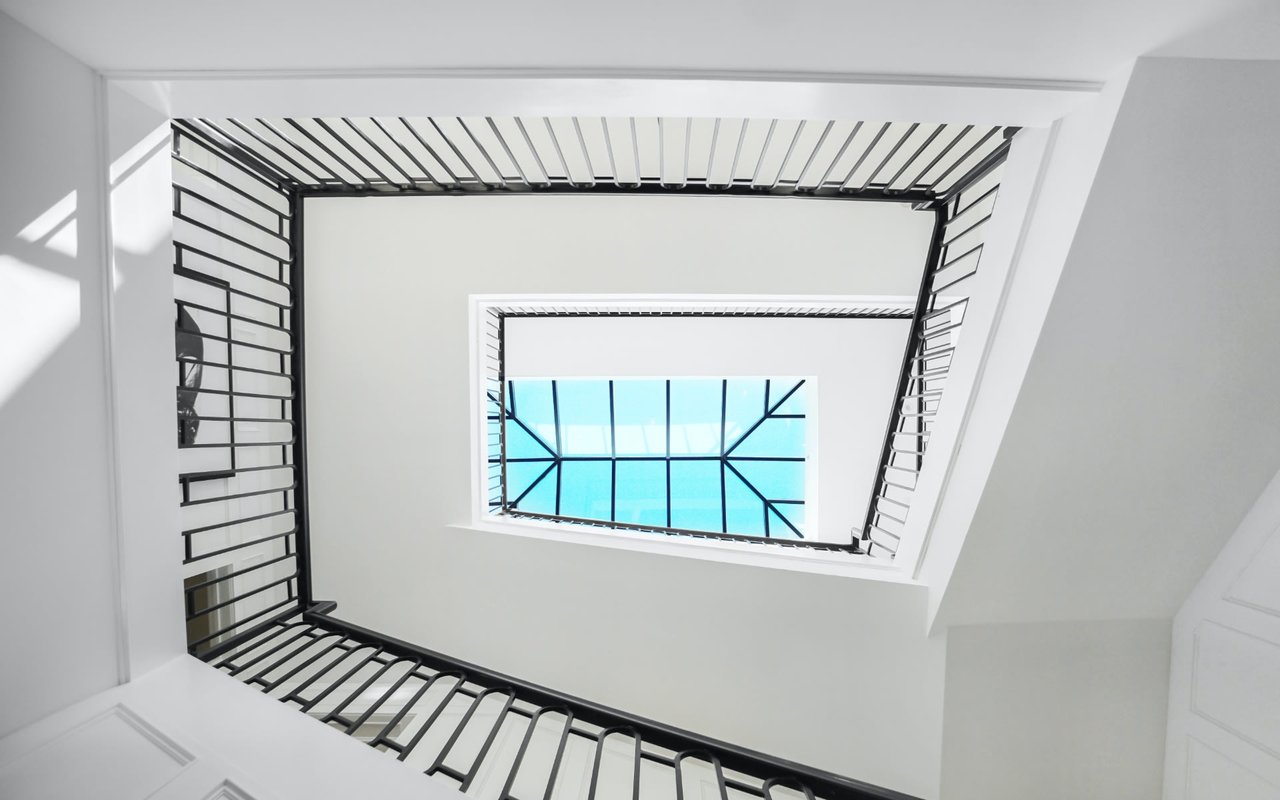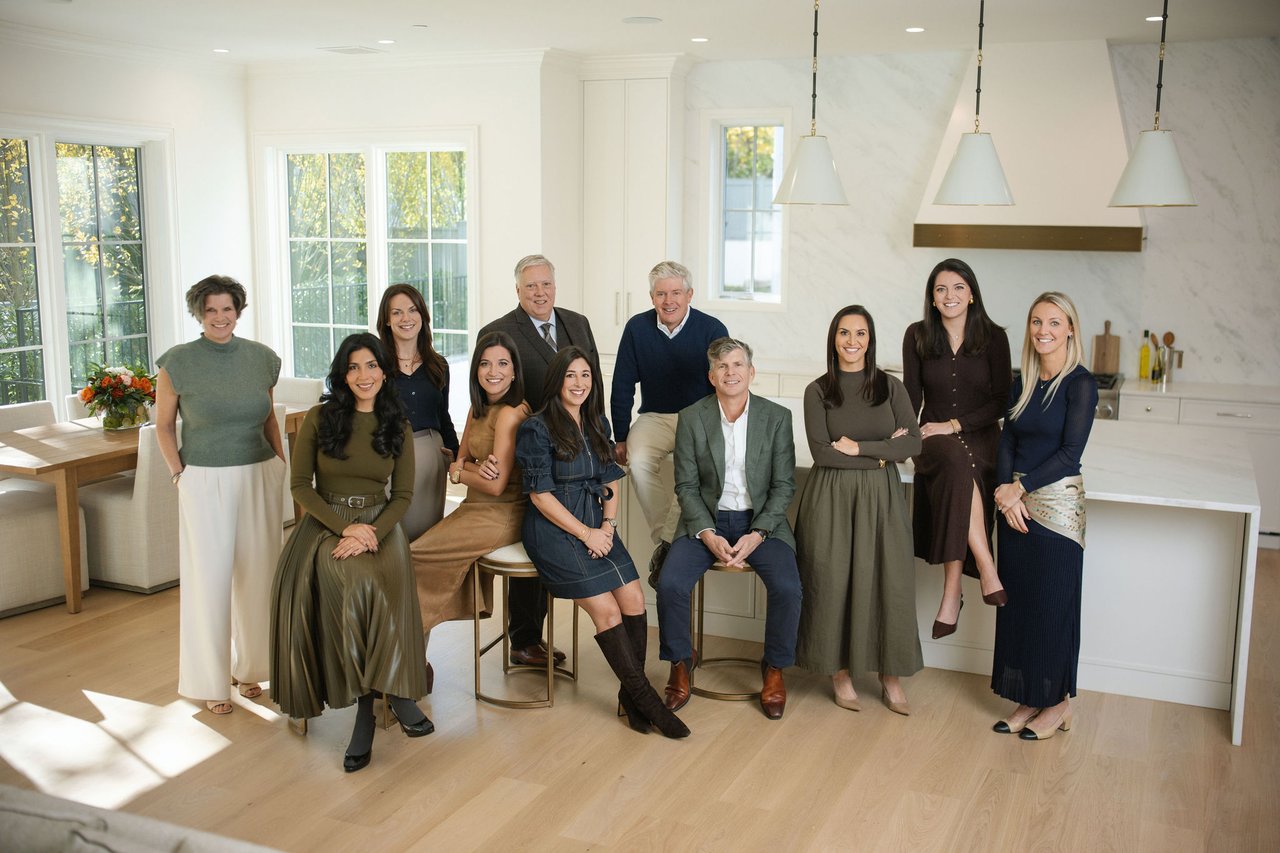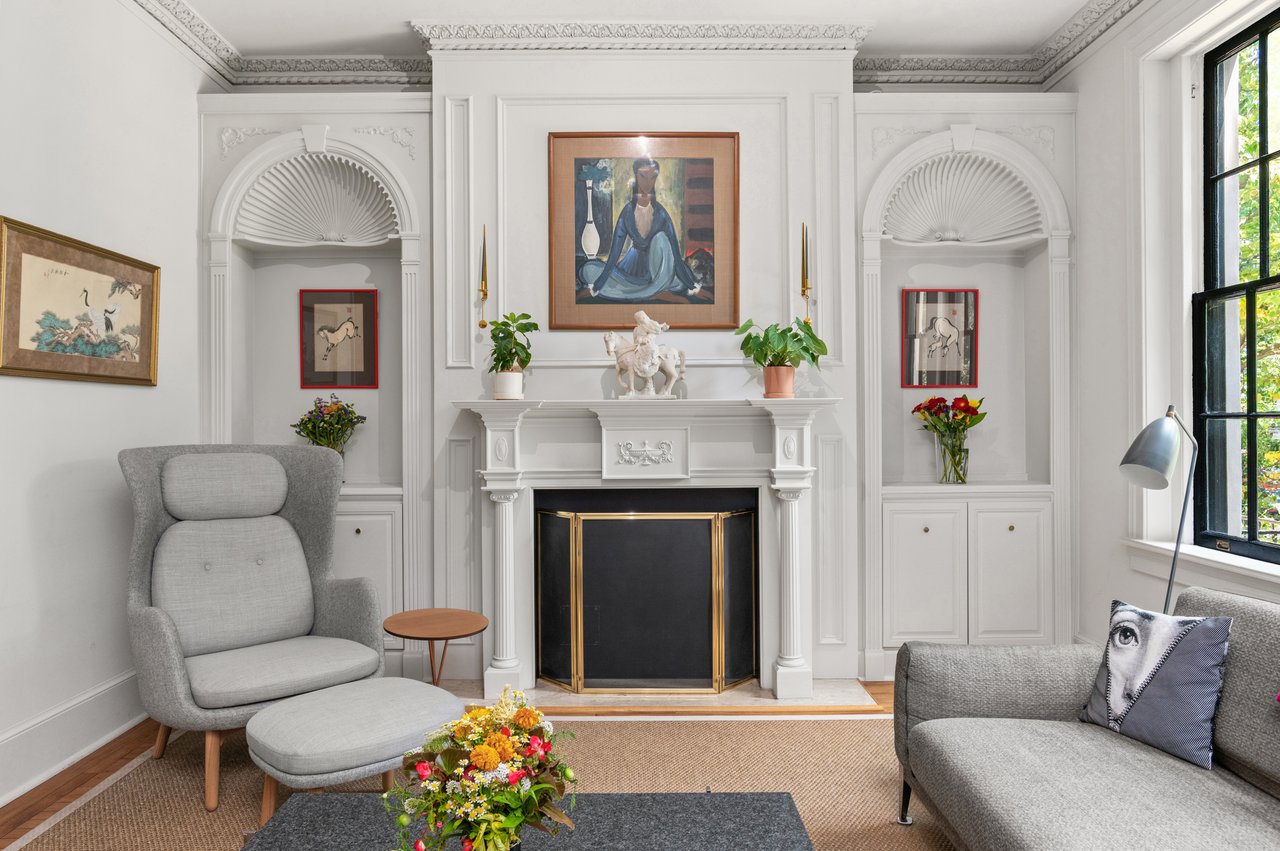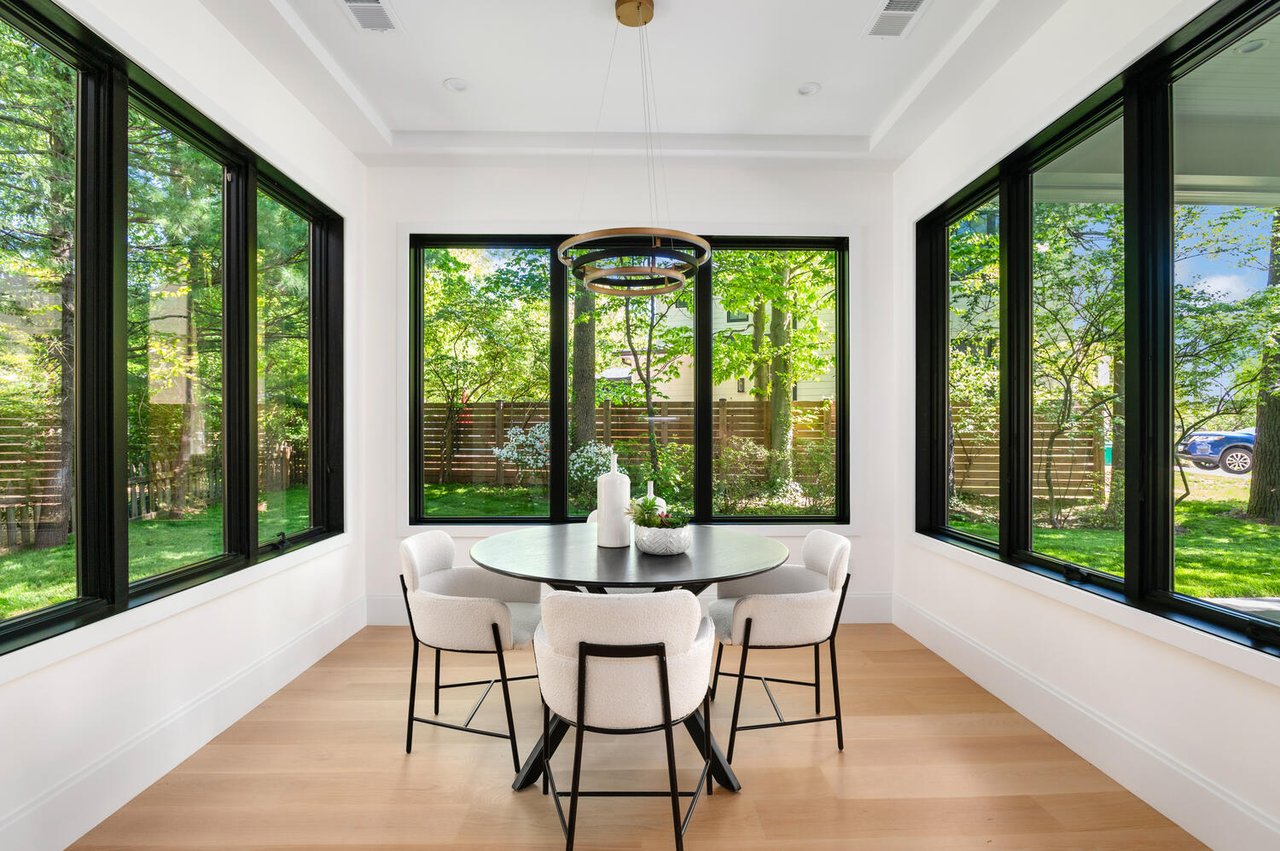Congruency in Design can Sustain Homes Value
Wydler Brothers

Wydler Brothers

Written by: Hans & Steve Wydler
Read the article on Washington Post.
A home’s design should feel stylistically consistent throughout. Buyers have a hard time when there is dissonance.
Consistency doesn’t mean that every room should have the same finishes or materials. Rather, it means that there should be a general congruency throughout the home.
For example, a grand Colonial home with formal living spaces filled with period antiques, Oriental carpets and formal portraits would have a hard time holding its value if the kitchen were remodeled with a European contemporary design.
Here are some key elements that create lasting value in a home:
• Kitchen layout: Kitchen brands come and go, but the basics of good kitchen design do not change over time. A cook needs easy access to the stove, refrigerator and sink.
The main cooking area should not be a major traffic corridor for the house. Homes that check these boxes tend to fare better in resale as well.
• Finished basements: If the home has a finished basement, then the more natural light the better. Walk-outs are preferable to walk-ups and walk-ups are preferable to buried basements. What the basement lacks in natural light should be compensated with interior lighting.
A finished basement should not feel cramped. Most buyers prefer a big open recreation room which gives them flexibility in how it will be used.
• Attention to detail: Buyers always appreciate attention to detail. Small oversights in attention to detail often lead buyers to think that larger mistakes were made when the house was built.
Are the light switches and power outlets in the right place? Are the handles in the shower sited properly so you can turn the shower on without getting inside, or do you have to reach to the far wall to turn on the water? Do all the doors swing open to their full extent without banging into something?
• Exterior care: Landscaping can either enhance or detract from a home’s value, depending on both the aesthetics, as well as the structural intelligence of the design.
While the aesthetic impact is straight forward, the structural intelligence is not always apparent. For example, are large trees too close to the home (creating potential structural issues with the foundation) or overhanging the roof (dropping leaves and debris on the home)? Have boxwoods grown so large in front of the house that they block natural light through windows or touch the house so that they trap moisture against the foundation? Is there a positive grade around the perimeter of the home that naturally sheds water away from the house?
• Maintenance and upkeep: Nothing can eviscerate a home’s intrinsic value faster than poor (or no) maintenance. Gutters need to be cleaned, HVAC systems serviced, roofs and flashing needs to be monitored, trim needs to be primed and painted.
Even novice home buyers have an innate sense of which homes have been poorly maintained. It is easier to sell Grandma’s vintage 1960s home that has been perfectly preserved than a three-year old luxury home that has had deferred maintenance.
Agents and buyers often use the phrase “good bones” to describe a home that has a good structure, well maintained but needs updating.
• Location: Location is such an obvious function of value that we almost neglected to include it. It is also such a meaty topic that we could write a whole article about it. In the interest of brevity, here is a checklist of things to look for in a home’s location, followed by a checklist of things to avoid:
Having said that, the more of these timeless elements a home possesses, the more likely that home will preserve its value over time.
A good rule of thumb is that if the home connects with you emotionally, then, chances are, it will connect with future buyers.
Stay up to date on the latest real estate trends.

As we look forward to this new year and enter a new housing market era, Steve and Hans have tackled 15 of the most common real-estate myths they see in the market.

Compass Corporate has released their 2026 Market Outlook, and a handful of insights stood out as especially telling. Here is what caught our attention.

Valuing and negotiating a home can feel a lot like blackjack. You need skill, instinct, and some luck—and the stakes are real.

We attended The 100 in Franklin, TN—an exclusive network of Compass’s top 100 agents nationwide—where we connected with peers and leadership representing over $30B in … Read more

October Market Update and the Year of the Crazy Ivan

After a summer of sweating through showings and pretending humidity is a glow, we’re savoring the cooler mornings, the first hints of gold in the trees, backpacks reap… Read more

It’s early August, but we think the market may be showing signs of … April vibes!

This Spring we were hoping our local real estate market would bloom. Instead, it pivoted.

Real Estate in a Shifting Economy
Wydler Brothers have been selling residential real estate for over 20 years in the DC metro area. Along the way, they’ve achieved numerous awards and recognitions, including being recognized as “The Most Innovative Real Estate Agent in America” (Inman, 2014), written several articles for The Washington Post, authored a book, “Inside the Sell”, co-founded a real estate tech company which sold to Move, Inc. in 2013, and built Wydler Brothers into a highly respected boutique brokerage with 70 agents and employees which they sold to Compass in 2019. Currently, Wydler Brothers is among the top 3 teams in the DMV and was the #1 Compass Team in 2022.